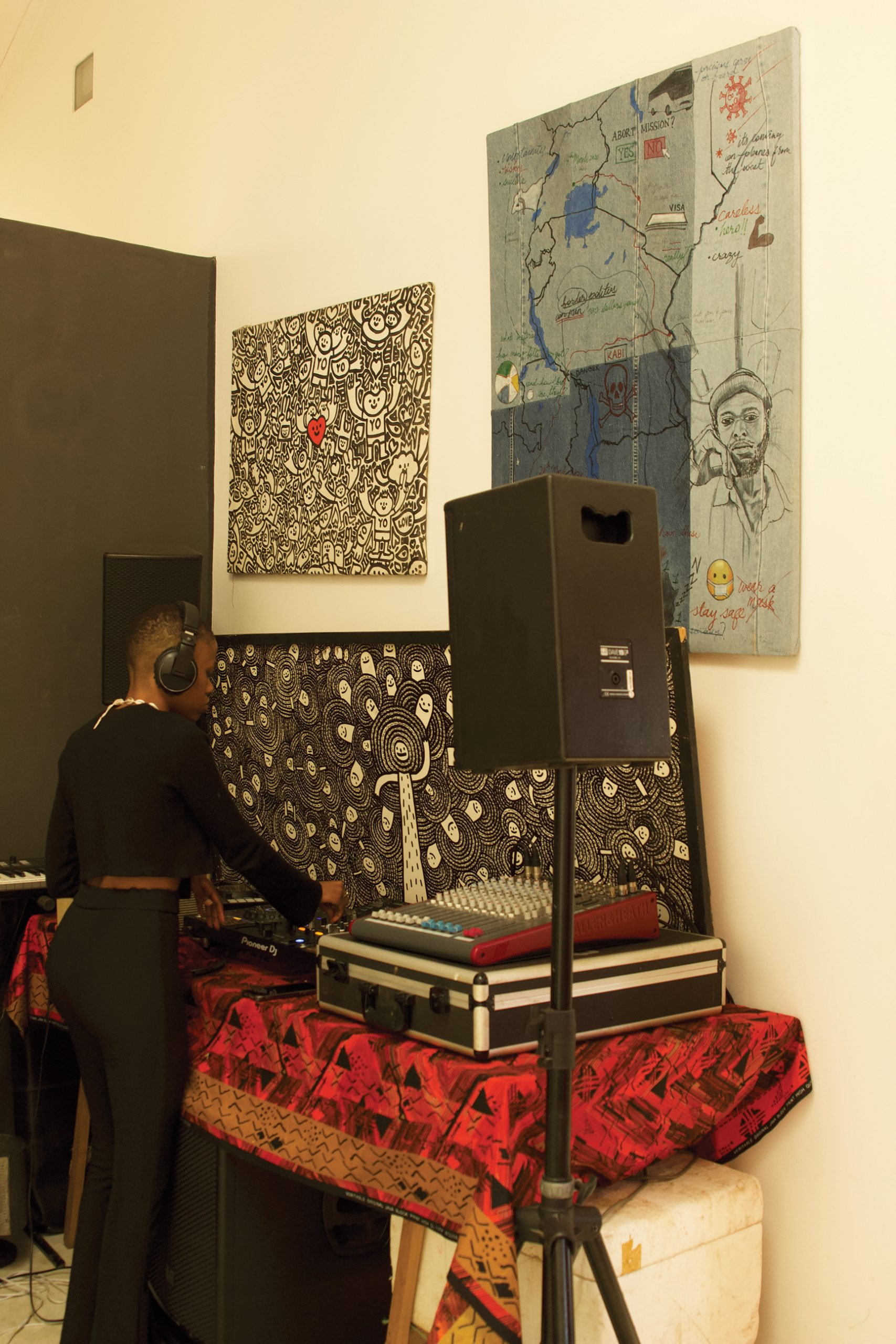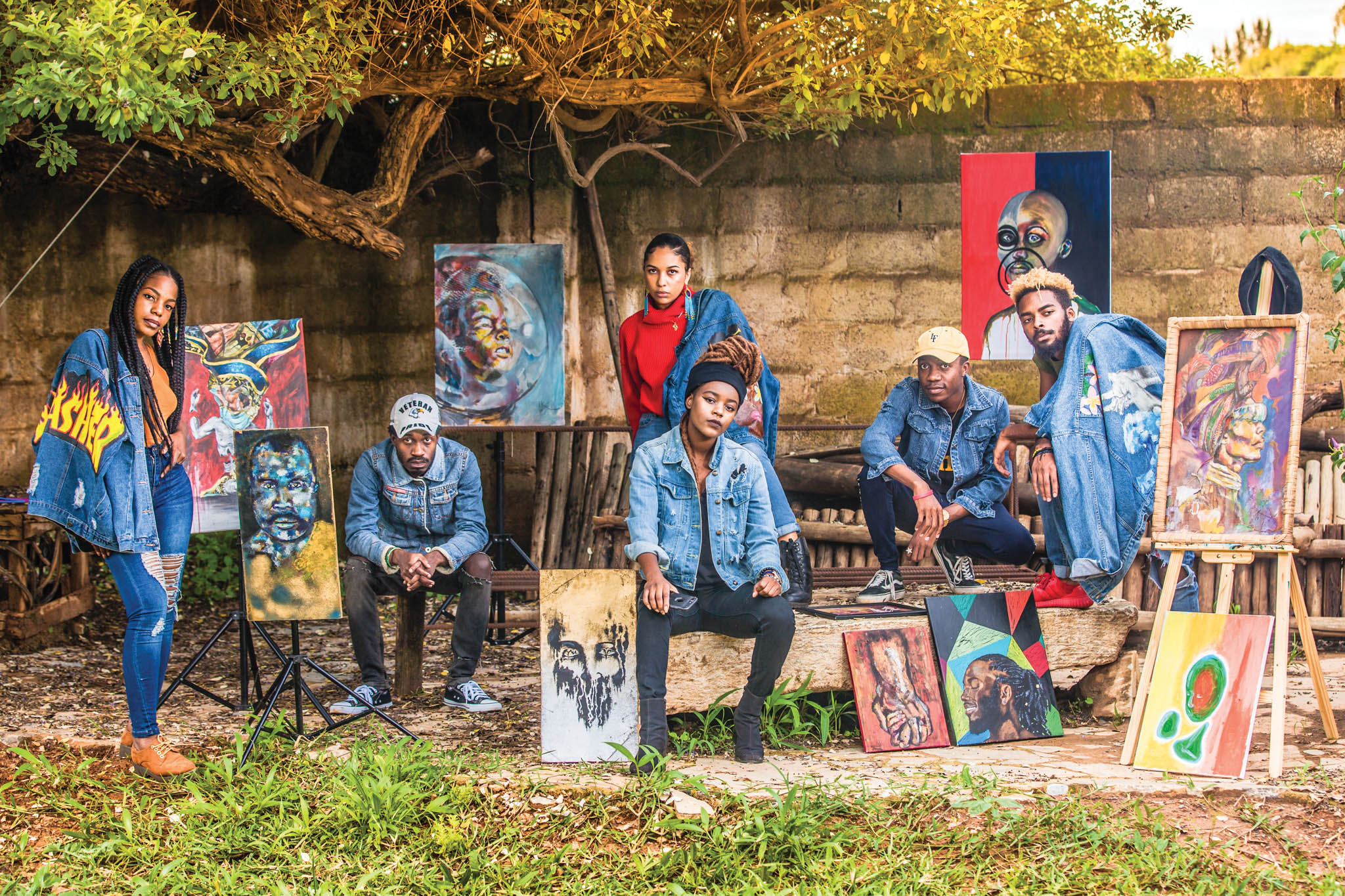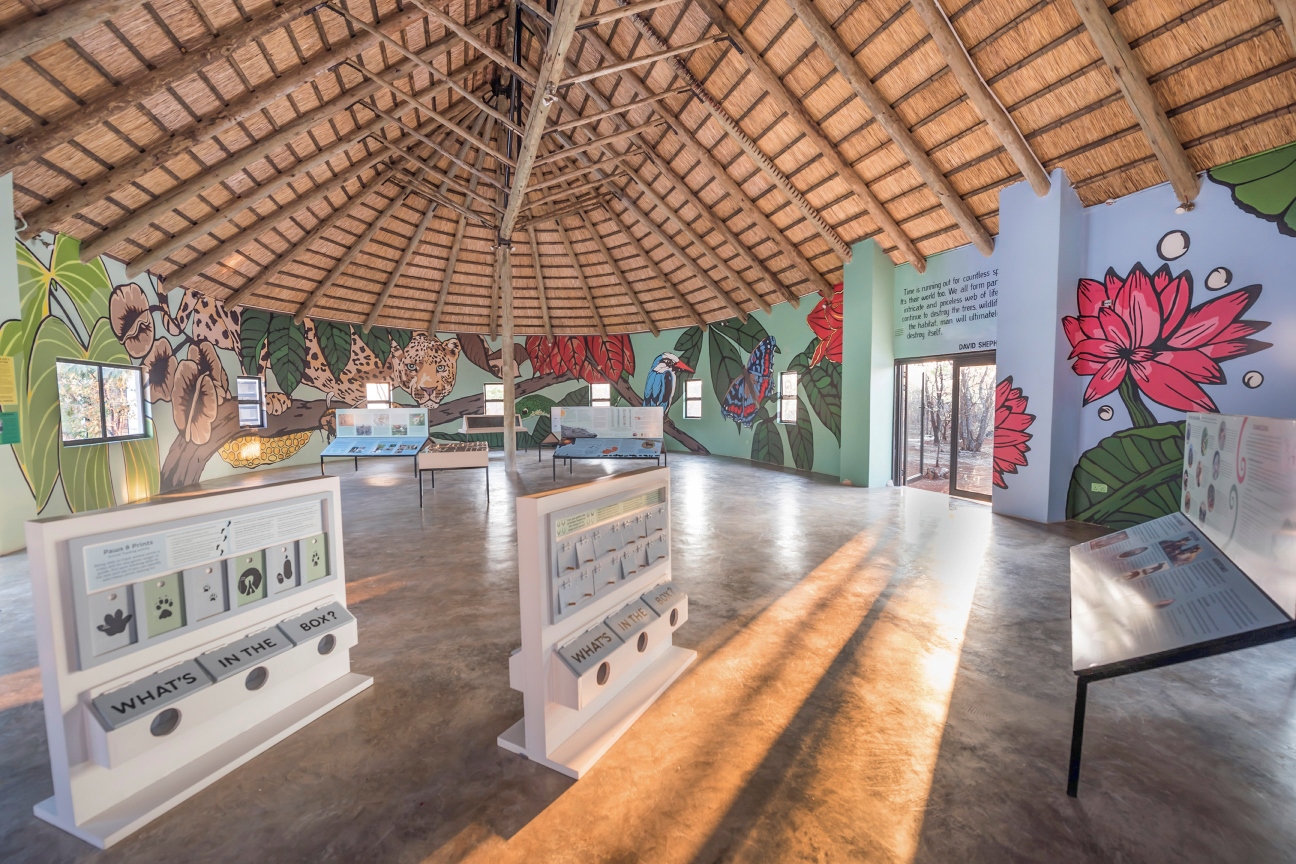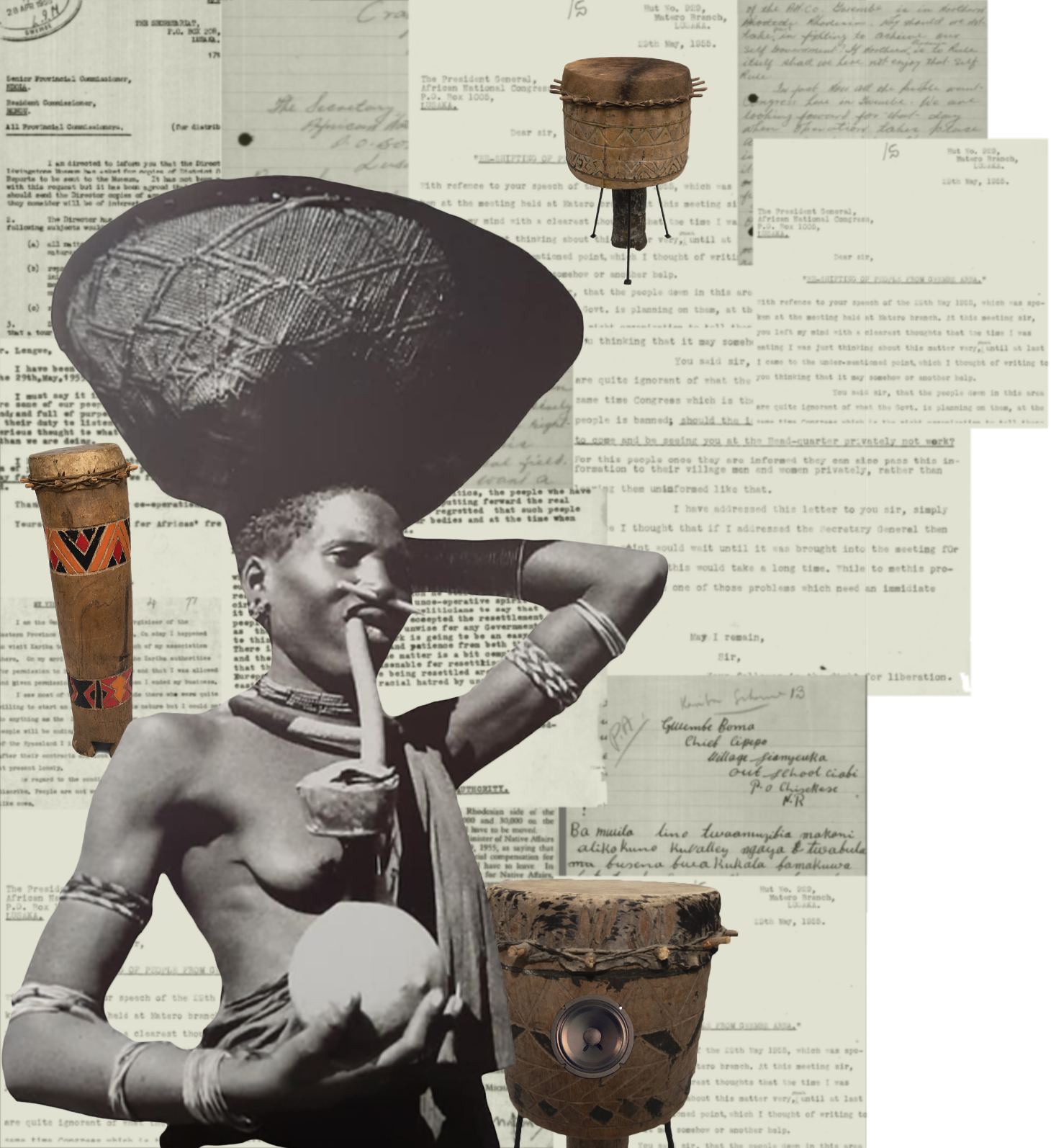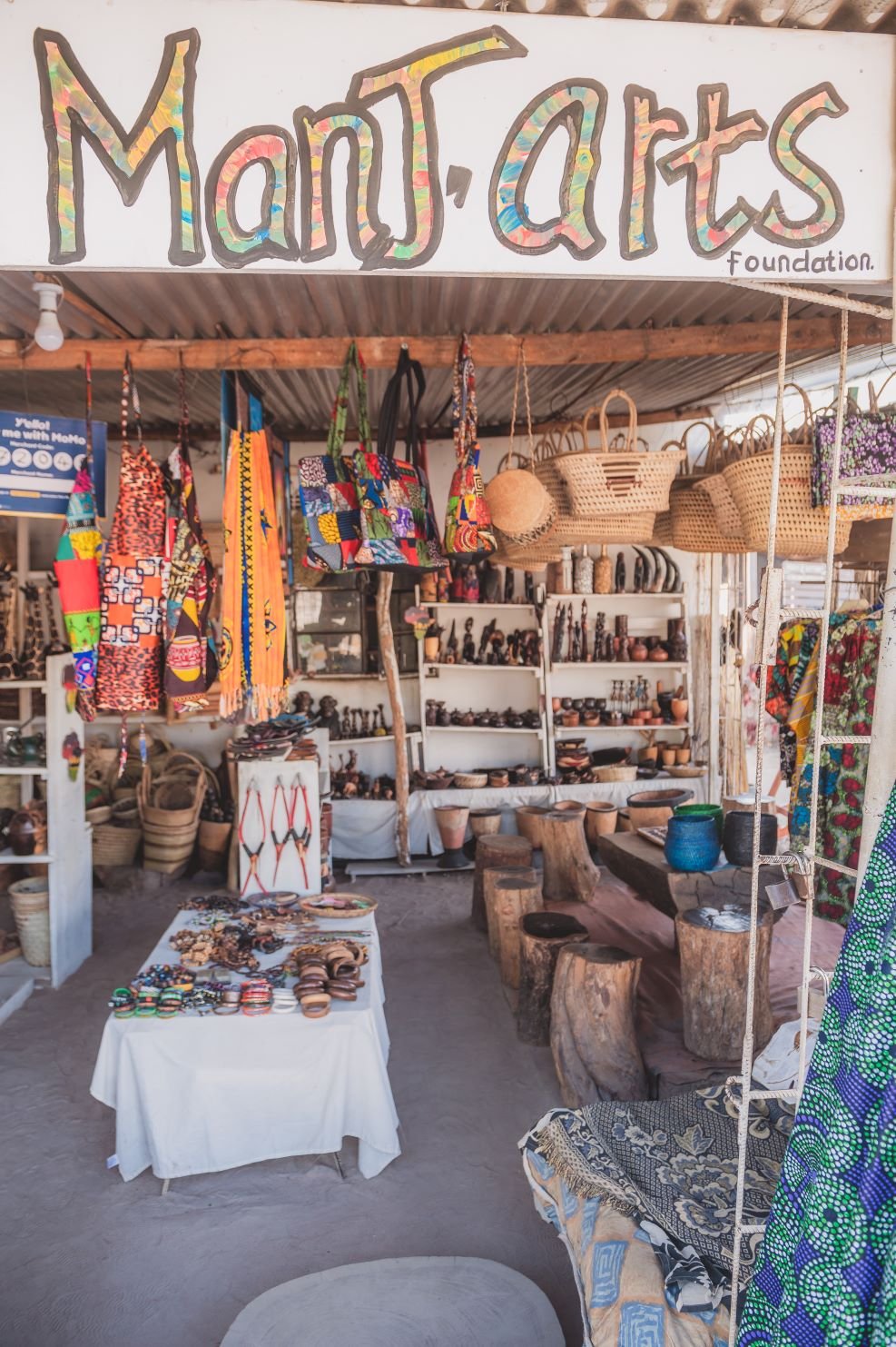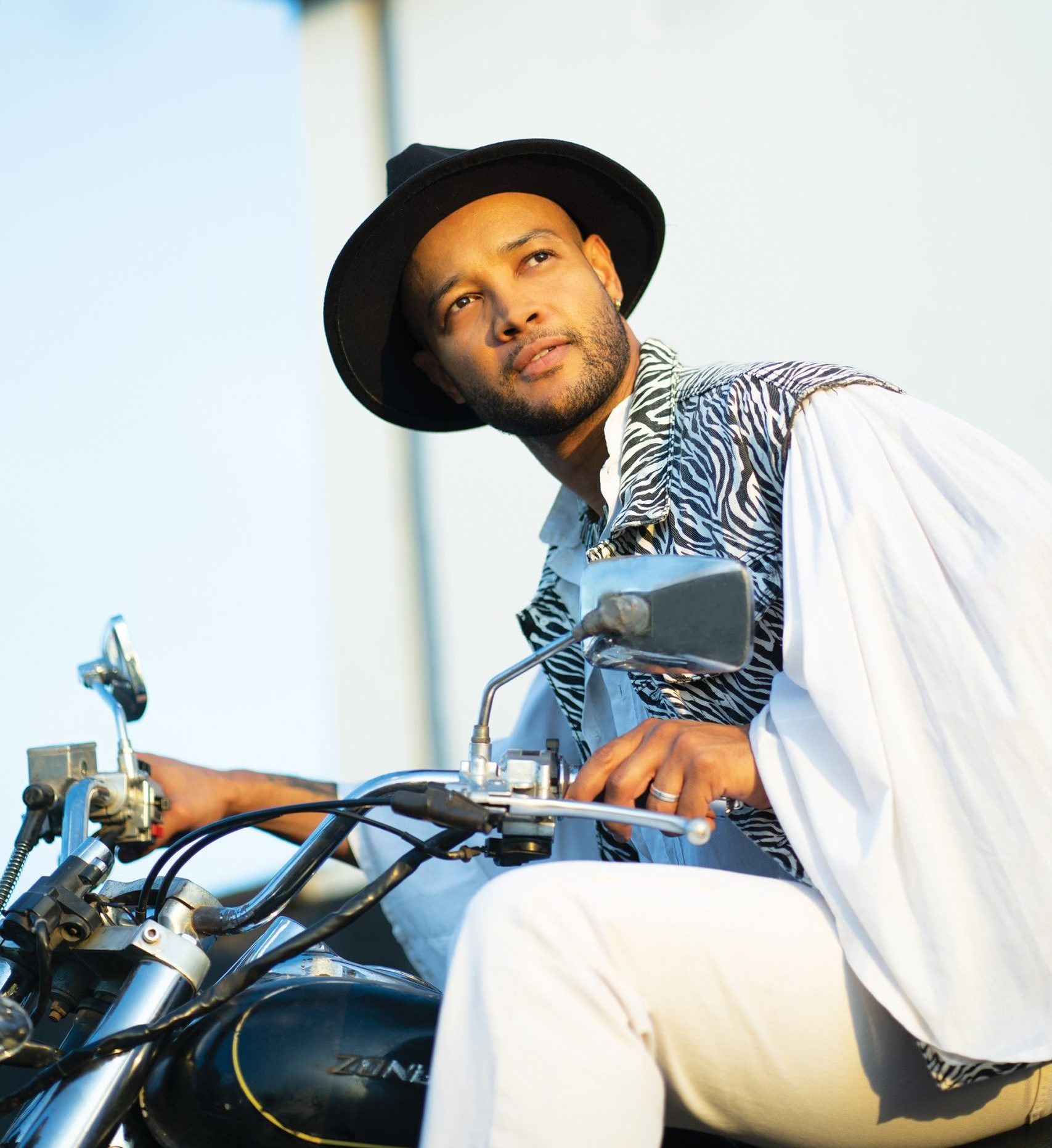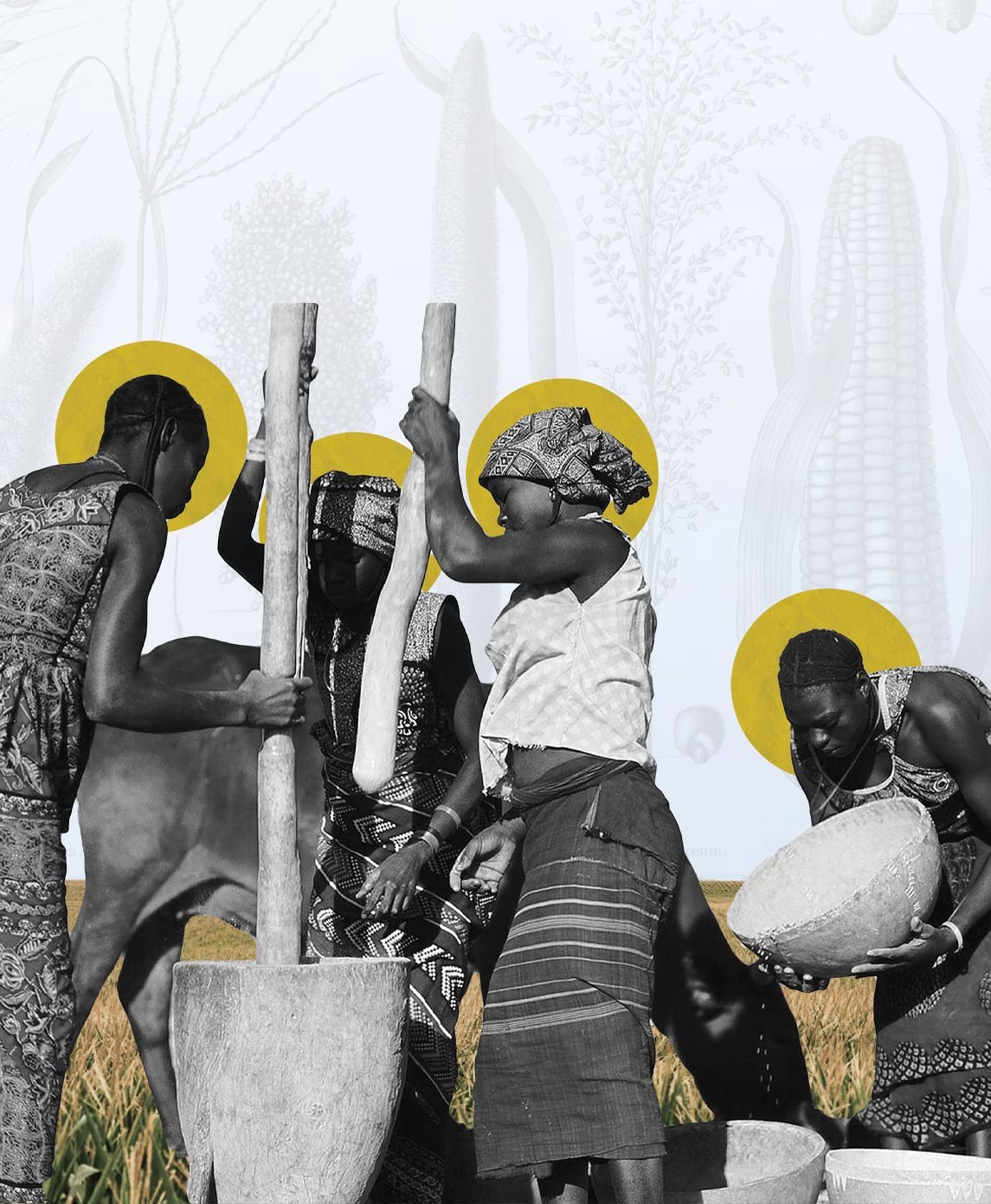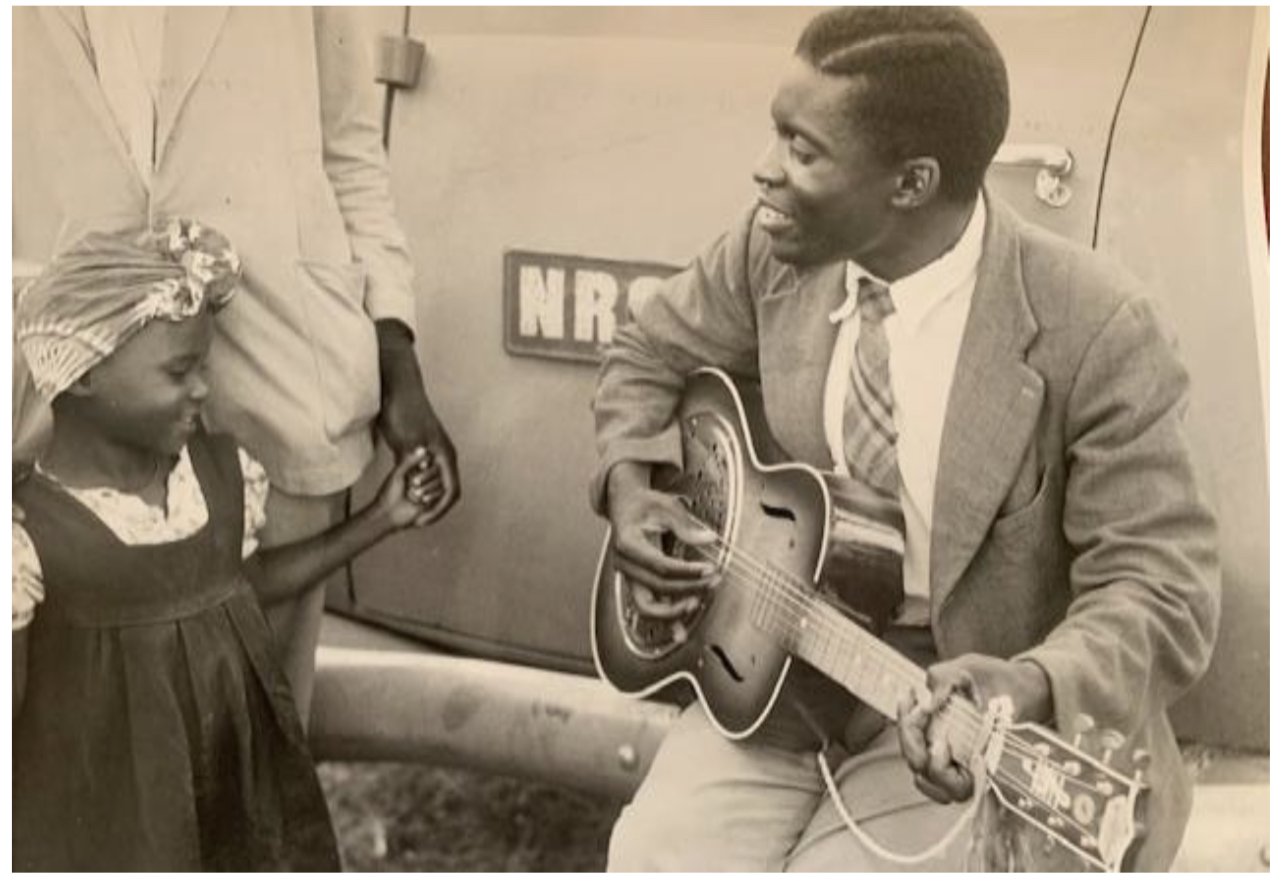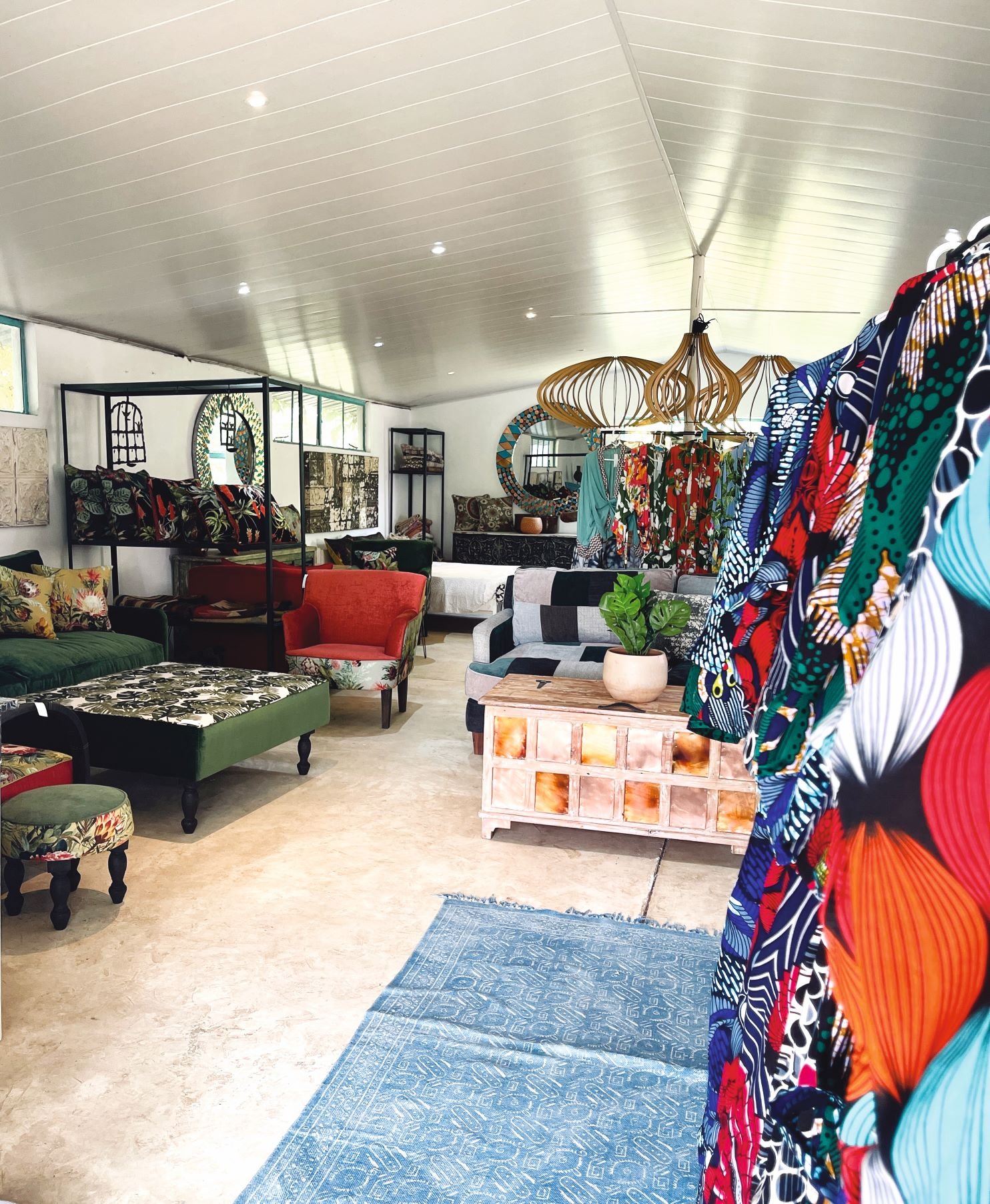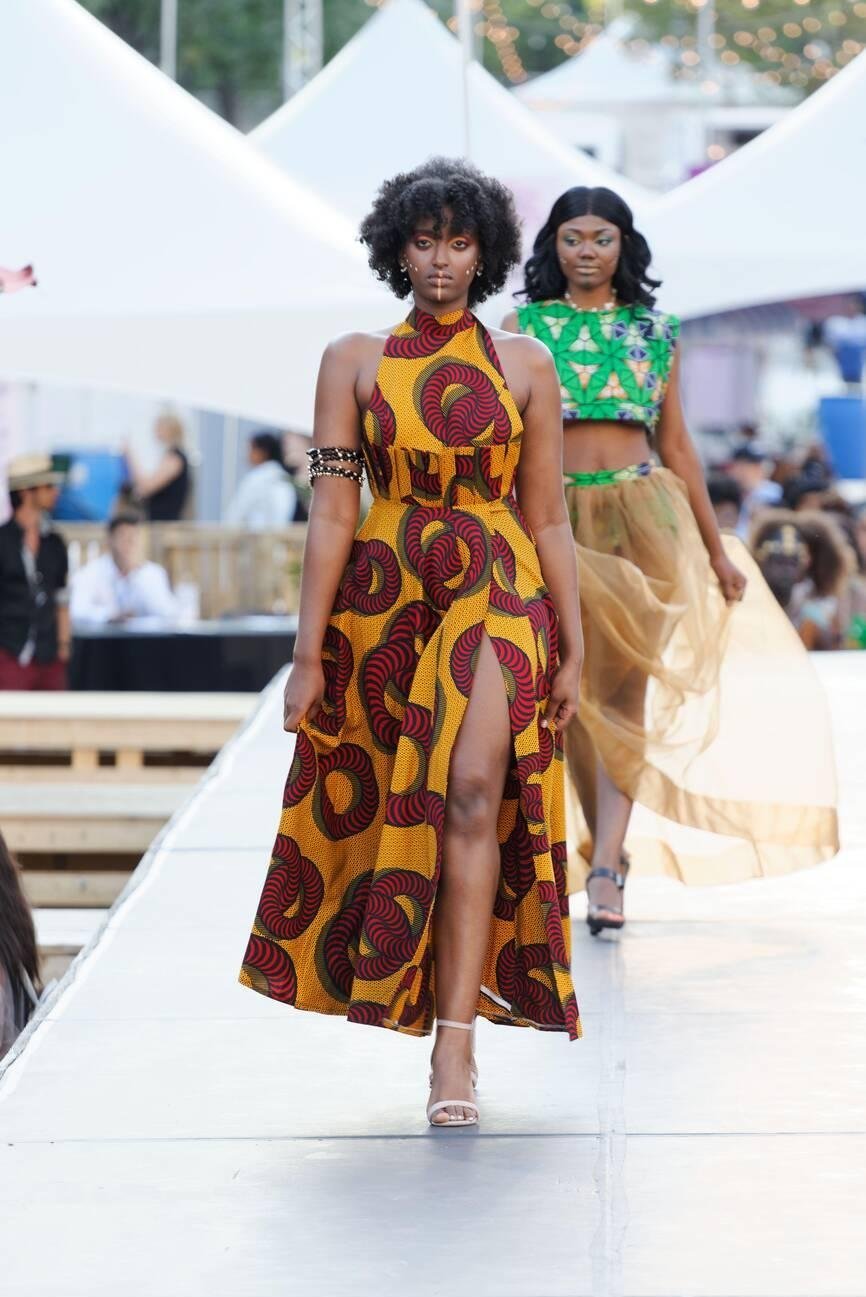In a city intent on building countless edifices to impress who or what, we may never know the quiet confidence that Modzi Arts’ panbrick structure exudes is refreshing. The discoloured sign on its outside wall, now fading from many a wet season, forces prospective visitors to double-take as they cruise through Ibex Hill in Lusaka. Plot 2499/M Main Street, Ibex Hill, is not Modzi’s birthplace; it is where it lives now and has been since 2018. It was founded by curator Taonga Julia Kaunda-Kaseka in 2016. ‘Modzi’ translates to ‘one’ in Nyanja, the language most spoken in Lusaka. The symbolism is clear Modzi is centred around ‘oneness’ a unity of artistic practices, ideas, and co-working. One should avoid reading homogeneity here, as the unity described aims at fostering a vibrant contemporary artistic community. The community is the one.

This ethos is reflected in the spatial flow and visitors’ interaction with the spaces. Although each area in the commune has a definite function, such as a studio space for musical exploration, replete with the appropriate equipment; an intimate library laden with shelves harbouring numerous volumes on art and the creation thereof; a kitchen where food ‘curated’ from the backyard garden is thoughtfully prepared; and so on – yet none of these spaces is isolated or withdrawn from the other. Instead, the spatial arrangement gently encourages visitors, artists and workshop attendees to wander freely through the art centre, sparking spontaneous conversation and harmonious interactions reminiscent of a community ethos.
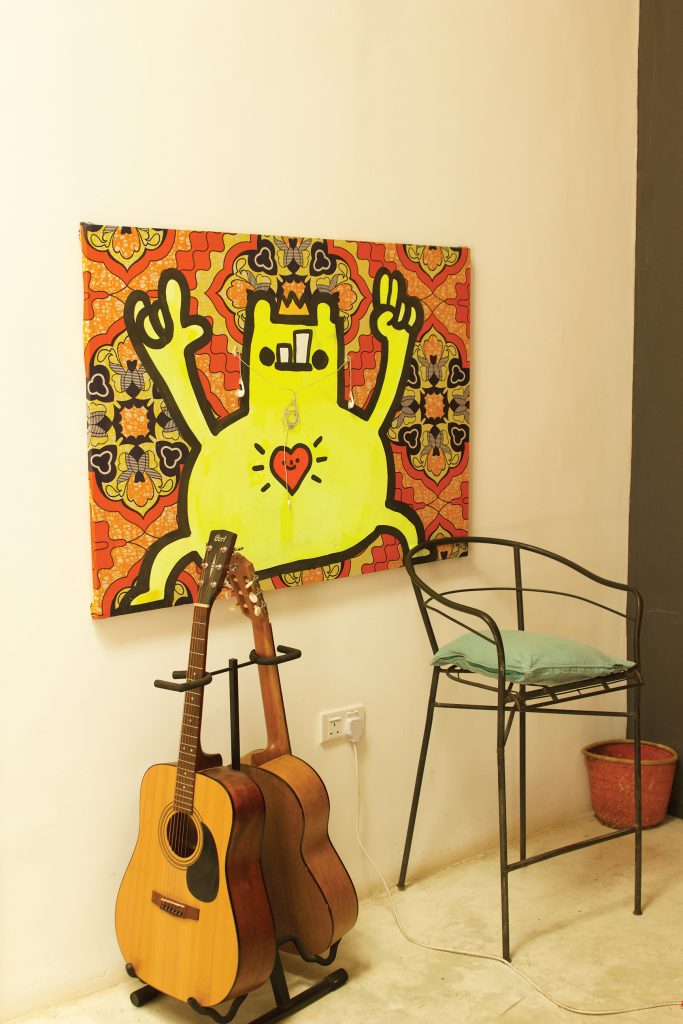
The centre has dedicated two spaces, one devoted to exhibiting and the other to workshopping. The exhibition entitled “Salaula 173: Invasive Spaces” by Jan van Esch, a Dutch artist, was on display recently. The exhibition, which opened in May this year, consisted of a collection of 173 shirts, which van Esch bought as part of a commercial salaula (second-hand clothing) bundle, arranged in varying degrees of orderliness, suspended from the ceiling and the walls in a manner that mimics how garments are hung in the marketplaces strewn around Lusaka. The exhibition also represents excess, specifically the excess of those ‘gifting’ their clothes to Africa. Containing hand-drawn sketches of all 173 shirts and a street performance, this exhibition, as Kenneth Shachinda of Modzi Arts suggests, essentially distils “the politics of salaula”.

The exhibition is the result of a small pop-up residency that van Esch recently completed at Modzi Arts. Modzi boasts a variety of programmes that artists and the public can get involved in, along with a three-tier membership structure. Through this mutually beneficial membership, the centre is provided with much-needed support while granting numerous benefits to its benefactors from the use of the centre’s facilities. One such benefit is participation in Modzi AIR. During this self-funded artist residency, the artist enjoys the unrestricted use of Modzi as a creative space and, in some instances, materials and creative direction. The centre also provides expert assistance to members applying for artistic grants and residencies in other art programmes.
Modzi Arts is currently hosting a ZAMROCK residency, which will eventually culminate into the ‘Zamrock Museum’, which “aims to enhance artists from a multidisciplinary perspective on the genre of Zamrock music”, according to Shachinda. Zamrock is the Zambian rock music genre from the seventies. The programme provides training to various artists and professionals, including artist managers, curators, visual artists, event planners and so on.

The legacy of these residencies can be found all over Modzi – scattered around the garden are various sculptures in different stages of completion that previous artists-in-residence have created. These, as Maingala Muvundika – a Modzi Arts curator and photographer – explains, were sometimes left behind “as gifts to Modzi Arts, but often for storage”, acknowledging the fact that however temporary, this artistic space is thought of as a safe haven for art. However, other artefacts have not been so fortunate. Near the edge of the Modzi property, tucked beneath a large tree, is an inconspicuous rusting bus discarded by the Lusaka National Museum and rescued by Modzi. The impetus for this action was, as Muvundika suggests, to allow it to “Die a natural death.”
There is a great sense and respect for history at Modzi Arts, which best describes the current direction they wish to embark on as an institution. The Zamrock Museum is simply the most recent manifestation of that direction. Modzi Arts’ core vision remains to foster a space where an artist community can find a home and a place to create without hesitation. However, as Shachinda explains, a “key element in Modzi Arts’ identity is preserving the cultural elements of art and continuing the conversation on how art should be preserved and passed on to the next generation”.
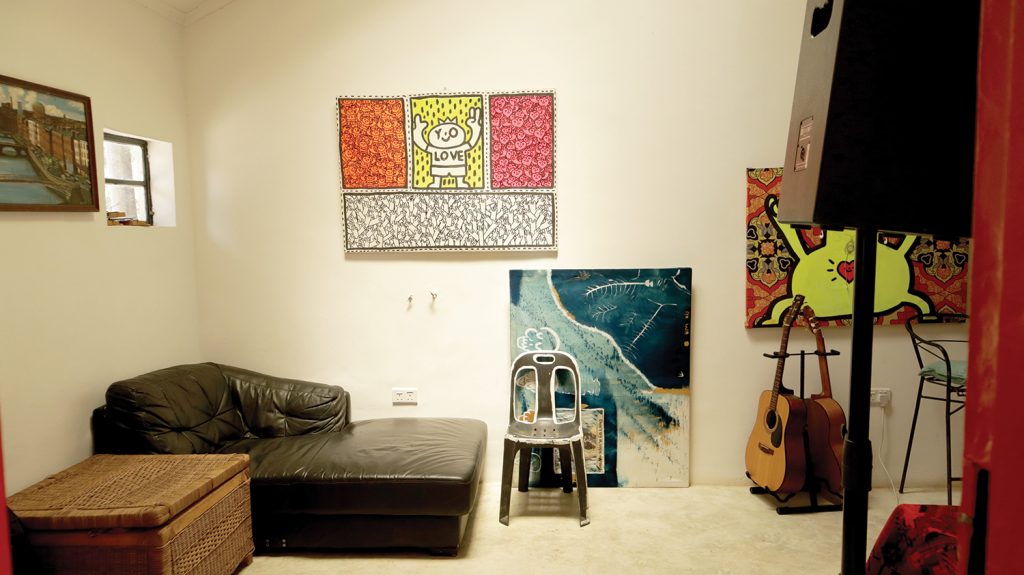

FAST FACTS & TIPS
● Members of Modzi Arts’s residencies have access to the centre’s shared residence, Modzi House, where they can live side by side with other artists.
● Modzi Arts offers a three-tier membership structure. One could join Modzi Arts as either a Modzi Artist, a Modzi Friend, or a Modzi Supporter.
● The centre is constantly changing and expanding; you can volunteer and assist in their construction projects as a Modzinaut. It is open from 10:00 am – 16:00, Tuesday to Saturday.
● The ZAMROCK podcast, hosted by Zamrock legend Rikki Ililonga of Mosi-oa-Tunya Band, launches later this year.
Images by Maingala Muvundika and Shammah Phiri
